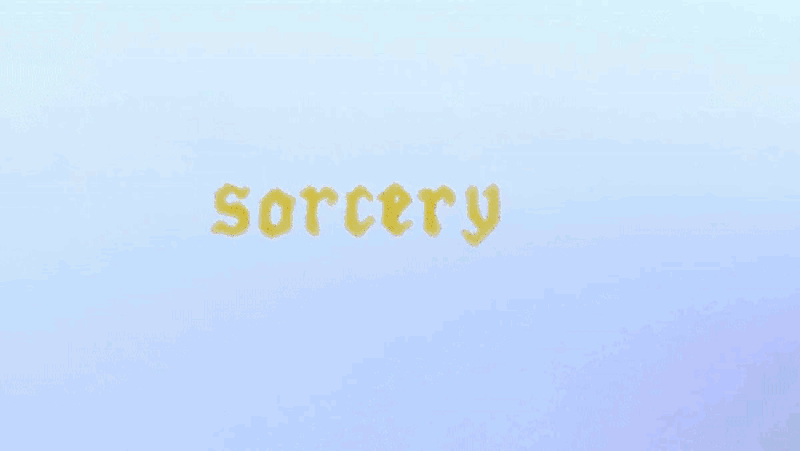It is a classic rite of passage for nerdy kids to write secret messages using lemon juice. If you somehow missed that, you can’t see the writing until you heat the paper up with, say, an old-fashioned light bulb. If you were a true budding spy, you’d write a boring normal letter with wide spacing and then fill in the blanks between the lines with your important secrets written in juice. This is a form of steganography — encoding secret messages by hiding them in plain sight. [Randomona] shares a different technique that seems to be way cooler than lemon juice using, of all things, turmeric. This isn’t like the invisible ink of our childhood.
That’s probably a good thing. We doubt an LED bulb makes enough heat to develop our old secret messages. [Ranomona’s] ink doesn’t use heat, but it uses a developer. That means you must make two preparations: the ink and the developer. The results are amazing, though, as shown in the video below.
The principle relies on turmeric’s ability to act like litmus paper. Normally yellow, it turns red in contact with alkalines. Adding acid makes it yellow again. The ink, then, is any sort of viscous alkaline. For example, [Randomona] uses either baking soda or washing powder mixed with a bit of water. Once dry, your secret is safe!
The idea is to use turmeric and alcohol as a developer. In this case, the alcohol is in the form of hand sanitizer. You can get away with water, too, but the results won’t be nearly as impressive. Once you have both solutions, the rest is all arts and crafts. The post has several ideas for neat projects, including using a yellow marker to create a message that transforms when painted with the developer.
A great project to share with a kid, especially one who might be interested in art or chemistry. We don’t suggest writing your passwords with washing powder, but we wondered if we could hack an inkjet printer to produce blank pages of secret messages.
This is probably easier than using a UV laser for secret writing. If you really want secret messages, maybe create an invisible QR code.

















Sending messages to the recipient’s Apache log file using GET variables from a public computer is still a favorite of mine..
What a great video! Actual science, a fun project, and just under 3 and a half minutes.
+1
The trouble with these so-called secret messaging inks, is if you tilt the paper against the light just right you’ll often see the difference in reflectiveness that the, at that point in time, transparent ink causes. The same way one reads the laser etched text atop DIP and SOIC IC chips.Also you can often see the slight marks left in the paper where the pen nib pressed on it while writing.
You get around the pen nib impressions by writing with a fine paintbrush.
Or so I’ve heard. 😉
SPICE tag hillarious
The Changing Words could be nice add on in the Painting Therapy to fight depression.
You Brush over the Word “sad” and it turns into “happy”, “down” to “up”, “hate” to “love”.
There is actual nice stuff in trauma theraphy, like following with your eyes an endless symbol in the air and recap the situation with a therapist.
Or in professional sports, following with your eyes a ball on a threath to hook up/ recalibrate your aiming.
There a nifty tricks to changing your thinking, that article could be a nice add on.
Vodka and Turmeric would make good developer.
write with something acidic and develop it with red cabbage juice. Thus the precious vodka can be put where it belongs, down the chute.
I wonder if you could fill an inkjet cartridge with a suitable alkaline solution. That way you could print the “public” text in black ink and the hidden private message in the alkaline invisible ink (from the converted cyan magenta or yellow cartridge).
If anybody feels the urge to give this a try, be sure to report the results back to HAD.
try it and let us know. But get a cheap one check if one of the cardridge parts could be damaged and than go. There is a start up which started so. Now they selling Cardriges with white toner to print on colored paper. ‘https://www.ghost-white-toner.com/’
i have refilled so many hp cardriges over the years, some times add little more solvent or water and thats it. use ink that doesnt clog up the melamin sponge, the aluminummech filter or destroy the piezo nozzle.
I’ve read that lots of paper is already a bit alkaline due to the use of calcium carbonate. Seems that it doesn’t redden the indicator too much; that substance can still react with any acids without needing to significantly dissolve in a basic or neutral environment. I believe baking soda is one of the least basic things that is reasonable to use with this indicator and is kid safe. Washing soda is more basic without being terribly extreme, so it may be more useful for printing things as you’ll need less of it.
All that said, there’s an alternative that presents itself – there’s all sorts of home-friendly pH indicators, including e.g. anthocyanin from red cabbage. So if you want to use lemon juice or similar, that might be an alternative. Might even paint a rainbow with various pH from buffering lemon juice and washing soda.